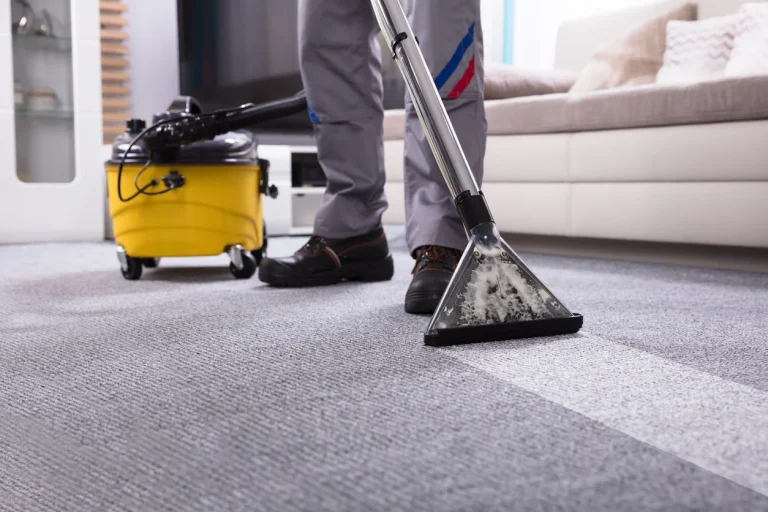The Impact of Bruxism on Veterans: Securing VA Disability Compensation
If you have bruxism, your disability lawyer may require medical documentation supporting the severity of your symptoms. This includes dental records from practitioners who treat bruxism and lay statements from friends and family that validate your experience.
Unlike PTSD, the VA does not recognize bruxism as a direct service-connected condition. However, it can be established as a secondary condition if it results from or aggravates another primary service-connected condition.
Symptoms
Bruxism can lead to pain or damage in your mouth, jaw, face, ears, and neck. It can cause headaches, earaches, tinnitus, tooth wear and tear, and even loss of teeth. It can also trigger symptoms of TMJ disorder, a problem with the temporomandibular joints that control your jaw movement.
The VA does not recognize bruxism as a primary service-connected disability. However, it can qualify as a secondary condition if it results from or is aggravated by another service-connected disability. For example, a veteran with PTSD may grind their teeth in their sleep. That could make their PTSD worse and lead to a secondary service-connected disorder like TMJ or bruxism. The assessment for bruxism VA disability requires an evaluation of the severity and its effects on a veteran’s oral health, considering its potential impact on daily life and overall well-being.
To get a secondary condition rating, you must have evidence to prove that your bruxism is caused by or aggravated by your established direct service-connected disability. This is called “establishing a medical nexus.” To confirm this connection, you must provide the VA with doctor reports that show a link between your bruxism and your direct service-connected disability.
Treatment
If you suffer from bruxism, your best option for treatment may be to avoid chewing on nonfood items, like pencils or gum. Additionally, it would help if you tried to sleep with a mouth guard or splint to reduce the discomfort and prevent tooth damage. You should also seek counseling to help alleviate stress and anxiety that can cause bruxism.
While bruxism is often associated with other health issues such as depression, sleep apnea, and temporomandibular disorder (TMD), the VA does not evaluate it on its own for disability ratings. Instead, it must be a secondary condition connected to a primary service-connected disorder or disability such as PTSD, hypertension, or sleep apnea.
Proving service connection as a secondary condition takes work, and it requires the proper evidence to succeed. Working with an experienced Veterans law attorney is essential to ensure you have the best chance of success, mainly because the wrong evidence can result in a denied claim and years before you can submit an appeal.
Prevention
Bruxism is a behavior, so treatment options focus on behavioral change and managing the stress or anxiety that causes the grinding. Some medications, dietary changes, and relaxation exercises can help prevent the symptoms of bruxism. Dental procedures can repair or restore tooth wear if the bruxism is caused by teeth grinding.
A veteran may be eligible for a disability rating if the bruxism is a secondary condition caused or made worse by a primary service-connected disorder such as PTSD, sleep apnea, or depression. To qualify for a secondary condition disability rating, the veteran must provide current medical records and nexus letters from doctors showing that the bruxism is caused or made worse by a service-connected condition.
Bruxism may be a symptom of other conditions like fibromyalgia or obstructive sleep apnea. The VA also covers these conditions and can be combined for a higher rating. This process is called pyramiding, and the VA will consider a veteran’s symptoms from different conditions when assigning a rating.
Getting a VA Disability Rating
While bruxism can be an effective form of stress relief, a veteran must establish both a service connection and a secondary service connection to qualify for disability benefits. Proving a claim for service connection can be accomplished through medical records, new diagnoses from doctors after military service, and evidence such as buddy letters or journal entries.
The process of getting a disability rating is more complicated when the claim involves multiple disabilities. The VA uses what is called a combined rating table to determine compensation. The rating table is arranged with the most disabling condition in the top row and the least severe conditions ranked by order of severity in the bottom column. Where the ratings intersect is your disability rating.
To get a 100% disability rating, a Veteran must prove that they are disabled and cannot work outside of a sheltered workshop. This must be challenging to prove. A VA disability lawyer can assist in verifying eligibility for this benefit.






